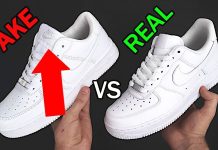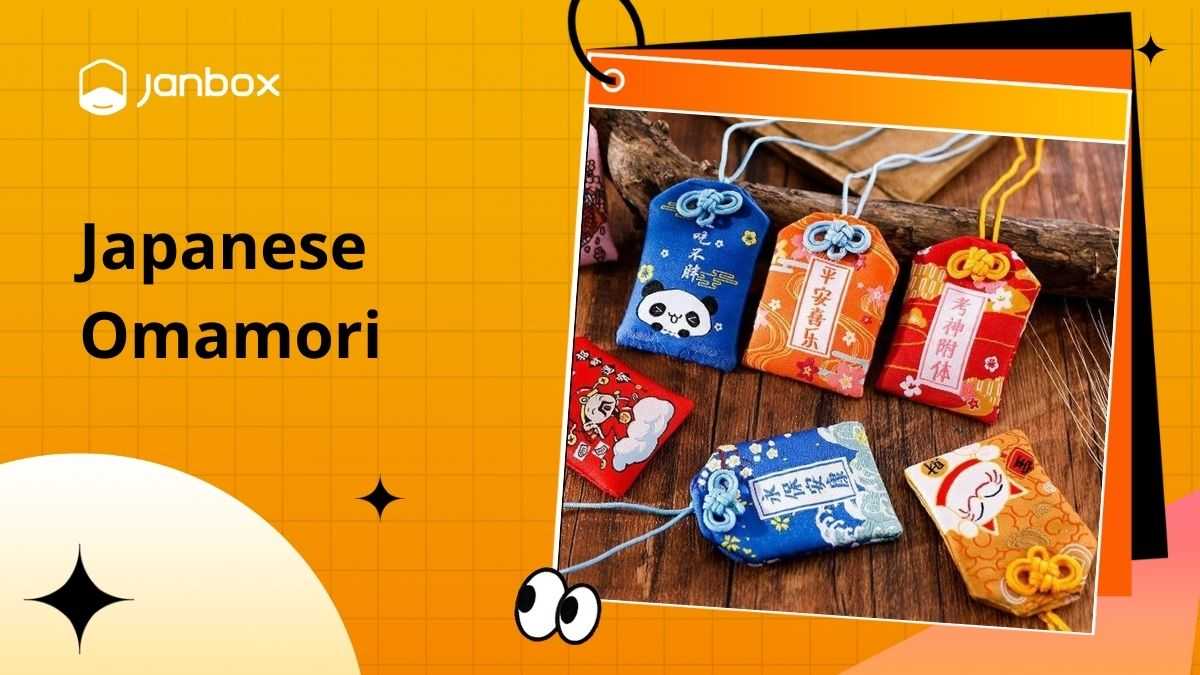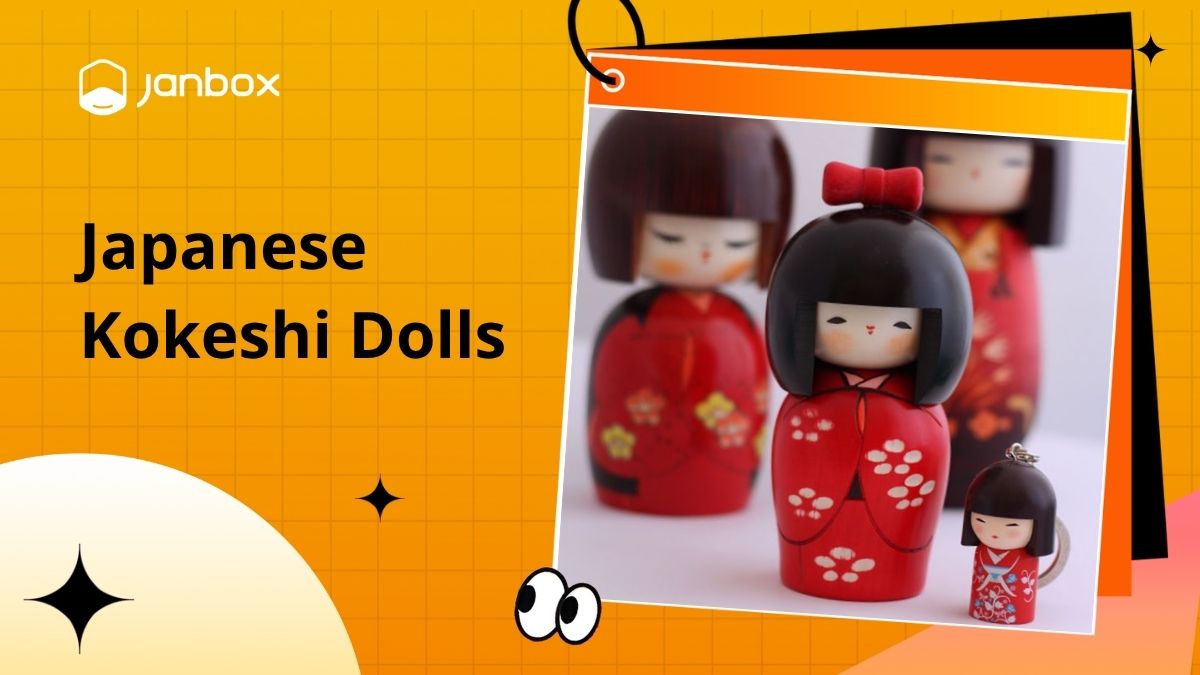Shoe size is an important factor in ensuring comfort and a proper fit when wearing shoes, and understanding Japanese shoe sizes will help you find a pair of shoes that fit your feet when you are in Japan or purchasing Japanese shoes. In this article, we will provide detailed information about the Japanese shoe size system, how to measure, and convert sizes.
1. Why Is It Important To Know How To Convert Japanese Shoe Size To US Standards?
Whether you’re shopping in a store or online, there’s something oddly satisfying about locking eyes with a pair of shoes and deciding to try them on – unless you notice a slew of international sizes listed. The shoes have suddenly become less appealing, and you’re wondering if you still like them enough to spend the time Googling the correct Japanese shoe size conversion to US. Furthermore, online shoe shopping can be even more intimidating, and you’ve probably made the mistake of ordering your Japanese shoe from a US shoe store.
As a result, it is highly recommended that you compare the shoe size chart with the one available for your specific country or region before making a final purchase. You’re in luck! We’ll break down everything you need to know (and do) to find your ideal Japanese shoe size, and it’s a lot easier than you might think.

Making sure your shoes fit properly is important – and this can be difficult when purchasing them from outside of your home country, especially if you’re looking at shoes online and won’t be able to try them on before purchasing. It is because every country has a different standard for shoe size…, and of course, some of them are more tiresome than others to grasp. Japanese shoe sizes are one of them.
Buying shoes in Japan can be one of the best shoe shopping experiences you will encounter, that is if you know your Japanese shoe size. Shoe sizes in Japan can be quite difficult to wrap your head around unless you have the proper shoe size charts to visualize the difference.
What’s the simplest way to see how your shoe size compares? Examine a Japanese shoe size chart. Find your size and examine the chart to see how it compares to the sizing of other systems. The Japanese shoe size has not changed in several years, so if you are equipped with basic knowledge about size correlations, you will undoubtedly be able to make the right choice when going shoe shopping or ordering shoes from an online shop!
2. Japanese Women’s Shoe Size Conversion Table
Converting Japanese shoes sizes to American sizes is an impressive skill, but it is not as difficult as one might think. Finding shoes is a breeze because sizes are simply the length of your foot in centimeters. To begin, keep in mind that Japanese sizes range from 24 to 30, which is roughly equivalent to sizes 6-12 in the United States. And Japanese women’s shoe size is a little different from that of men’s.
So, let’s first show you the Japanese shoe size to US women.
| Japan (cm) | US | UK | Europe | Inches |
| 22 | 5 | 3 | 35 | 8.7 |
| 22.5 | 5.5 | 3.5 | 35.5 | 8.9 |
| 23 | 6 | 4 | 36 | 9.1 |
| 23.5 | 6.5 | 4.5 | 37 | 9.3 |
| 24 | 7 | 5 | 37.5 | 9.5 |
| 24.5 | 7.5 | 5.5 | 38 | 9.7 |
| 25 | 8 | 6 | 38.5 | 9.8 |
| 25.5 | 8.5 | 6.5 | 39 | 10 |
| 26 | 9 | 7 | 40 | 10.2 |
| 26.5 | 9.5 | 7.5 | 40.5 | 10.4 |
| 27 | 10 | 8 | 41 | 10.6 |
| 27.5 | 10.5 | 8.5 | 42 | 10.8 |
| 28 | 11 | 9 | 42.5 | 11 |
Woman’s Japan shoe size conversion chart to US
Japanese shoe size to US womens is also a little narrower which can be a blessing or a curse depending on your foot shape. Sizes are listed in some stores as S, M, L, and LL rather than centimeters (sometimes LLL). An S is approximately 23cm, an M is approximately 23.5cm, an L is approximately 24cm, and LL is approximately 24.5cm, or an LLL is approximately 25cm (sometimes 26cm).
There is also a section called “model size”; which is code for large-size shoes (over 24 cm). Actually, it makes sense; tall women with model-like figures have larger feet. So, instead of thinking of it as having big feet, think of it as having model-size feet!
3. Japanese Men’s Shoe Size Conversion Table
When you know your true Japanese shoe size, you can buy shoes from around the world both in-store and online. Here are the conversions of Japanese men’s shoe size to US, UK, and Europe.
| Japan | US | UK | Europe |
| 24.5 | 6 | 5.5 | 38 |
| 25 | 6.5 | 6 | 38.5 |
| 25.5 | 7 | 6.5 | 39 |
| 26 | 7.5 | 7 | 40 |
| 26.5 | 8 | 7.5 | 40.5 |
| 27 | 8.5 | 8 | 41 |
| 27.5 | 9 | 8.5 | 42 |
| 28 | 9.5 | 9 | 42.5 |
| 28.5 | 10 | 9.5 | 43 |
| 29 | 10.5 | 10 | 44 |
| 29.5 | 11 | 10.5 | 44.5 |
| 30 | 11.5 | 11 | 45 |
| 30.5 | 12 | 11.5 | 46 |
| 31 | 12.5 | 12 | 46.5 |
| 31.5 | 13 | 12.5 | 47 |
| 32 | 13.5 | 13 | 48 |
| 32.5 | 14 | 13.5 | 49 |
| 33 | 14.5 | 14 | 50 |
| 33.5 | 15 | 14.5 | 51 |
Japanese men’s shoes are also measured in centimeters, but they come in more sizes and are wider than those of women (though still on the narrow side). Most stores will carry shoes up to a size US 10, which is equivalent to a size 28 in Japan. Larger size shoes are only available in large shoe stores and online.
>>> Read more: Top 13 Best Japanese Shoe Brands You Need To Know
4. Japanese Shoe Size Conversion By Brand
We’ve done our best to cover this complicated topic. Please keep in mind that the way shoe sizes are labeled varies depending on the region of the world in which they are sold. Furthermore, it is not uncommon for designer shoe sizing to differ slightly from the more consistent sizing of Large-scale shoe brand in Japan.
4.1. COMME des GARÇONS, and ISSEY MIYAKE
Let’s first discuss Japanese shoe size by COMME des GARÇONS, and ISSEY MIYAKE. Fortunately for their shoe fans, ISSEY MIYAKE and COMME des GARCONS keep things simple. ISSEY MIYAKE almost always measures in EUR, a unit of measurement that is easily converted to US and UK sizing systems. COMME des GARCONS uses the Japanese cm-based system throughout all of their lines, with the converted sizes displayed as well.

4.2. Yohji Yamamoto
Let us now discuss the Japanese shoe size by Yohji Yamamoto. Yohji likes to keep us guessing by using a variety of different sizing methods. Pour Homme, Costume d’Homme, and Y’s mainline all use the 1-6 number system. This can be difficult to convert directly into Western measurements. Y’s sizing for men varied, but they typically used only four size variations: S/M/L/XL. Y-3 shoes are almost always marked with standard global multiple sizes. This makes things a lot easier. Thank you, Y-3!

5. How Letters Work For Japanese Shoe Sizes
Some stores offer size of shoes in Japan using letters in addition to numbers, typically in the form of small (S), medium (M), large (L), and extra-large (LL). This letter-based system can be confusing because the sizes don’t always match up perfectly and can vary across different brands and retailers. As a general guideline, a small size corresponds to around 5 or 6, a medium is roughly 6 or 7, large is approximately 7.5, and large-large refers to anything above that.
Because shoe sizes often differ depending on the store and style, it’s a good idea to visit a shop and try the shoes on before making a purchase. This will prevent the frustration of having to return shoes that are either too big or too small to wear comfortably.

6. How To Measure The Right Foot Size For Shoe Size?
When it comes to footwear, a bad fit can stifle your style and distract you from your work. Incorrect shoe size can have a negative impact not only on your feet and back, but also on your activities. Fortunately, determining your foot size is a simple procedure. Here’s how we break it down.
6.1. Step-By-Step Guide On Measuring The Right Foot Size
When measuring your shoe size at home, you’ll need the following items:
- Two pieces of paper larger than your foot
- Tape
- Writing utensil
- Ruler
Before taking your measurement, put on the socks you plan to wear with your shoes. Because you might wear thicker socks with hiking boots than you would with running shoes. Wait until your foot is at its widest point at the end of the day before doing so.
Step 1. Tape one end of the paper to the floor and the other end to a wall.
It’s critical that it doesn’t slip so that you can get the proper measurement.
Step 2. Place one foot on the paper, and heel up against the wall.

Step 3. Make a trace of your foot.
It is easiest if you have someone assist you with this step. Avoid holding the pencil at an angle, as this can result in an incorrect measurement.

Step 4: Using a ruler, measure the length and width of your outline.

Step 5. Repeat with your other foot.
Make a note of your measurements in both inches and centimeters. The units used in charts may differ. When comparing your results to a shoe size chart, use the measurement of your larger foot.
6.2. Troubleshooting Tips
Even if you’ve followed all of the steps to determine your shoe size, it may take a few wears to determine the best fit. Here are a few methods for determining whether your shoes are too big or too small.
Blisters forming on the tops of or between your toes could indicate that your shoes are too small. A shoe that is too small can lead to calluses, as well as your foot falling asleep or cramping. Whereas, Blisters on the ball of your foot indicate that your shoe is too wide.

Athletic footwear typically requires a half size larger than a typical dress shoe. If you have bruised toes while running, it could be a sign that your shoes aren’t long enough. If your heel is slipping, experimenting with a different lacing technique may help. If that doesn’t work, try a different insole or a smaller shoe size.
Remember that your feet can grow and change over time. Other factors, such as arch type and foot shape, may influence how well your shoes fit. Using these pro tips to measure your feet on a regular basis can help you maintain comfort from shoe to sole.
>>> Read more: How To Check Original Nike Shoes: The Ultimate Guide
7. Buying Japanese Shoes With Janbox
The growing trend of Japanese fashion has led many to seek out exclusive, high-quality shoes made in Japan. If you’re one of those people, Janbox can be your ultimate shopping solution. Janbox provides a straightforward and trustworthy way to shop for shoes in Japanese sizes that match U.S. equivalents, all without leaving your house.

Janbox features more than 100 million products from the leading brands, allowing you to easily find and buy shoes from Japan which carry the exact converted Japanese shoe sizes to American counterparts, or UK, Europe ones, no matter where you are. Beyond exceptional products, we also offer special savings, affordable service fees, and rewarding bonus programs to help you maximize every purchase.
Janbox goes beyond offering reliable transportation insurance by providing a wide range of payment options for your ease. Our expert and friendly customer service team is ready to help you choose the best value and most appropriate products. Head to Janbox now and discover the variety of Japanese shoes available!
8. FAQs
8.1. What Is The Equivalent Of A Japanese Men’s Size 30 In Us Shoe Sizes?
30 in Japanese shoe size to US mens is the same as a size 11.5 in the US, equivalent to 11.56 inches.
8.2. What Is The Equivalent Of A Japanese Men’s Size 22 In Us Shoe Sizes?
When it comes to 22 in Japanese shoe size vs US one for women, it equals a US size 5, with a length of around or 8.75 inches.
8.3. Which Japanese Shoe Brands Are Popular?
Japanese shoe brands like Onitsuka Tiger, ASICS, Mizuno, Yohji Yamamoto, Visvim, and ISSEY MIYAKE are among the most popular globally.
9. Conclusion
That brings us to the end of our article on Japanese shoe size. Hopefully, you now have a basic understanding of the subject and will be able to obtain your desired shoe. And if you’re looking for a website where you can buy Japanese shoes, Janbox is a good place to start.
This is a cross-border eCommerce platform where you can buy billions of products from Japan. It, in particular, provides delivery services to more than 220 countries around the world in a timely and convenient manner at the most reasonable cost.
So what are you waiting for? Visit the Janbox website for the best shopping experience.
Website: https://janbox.com
Email: [email protected]










